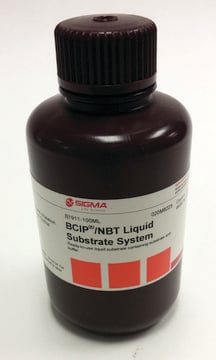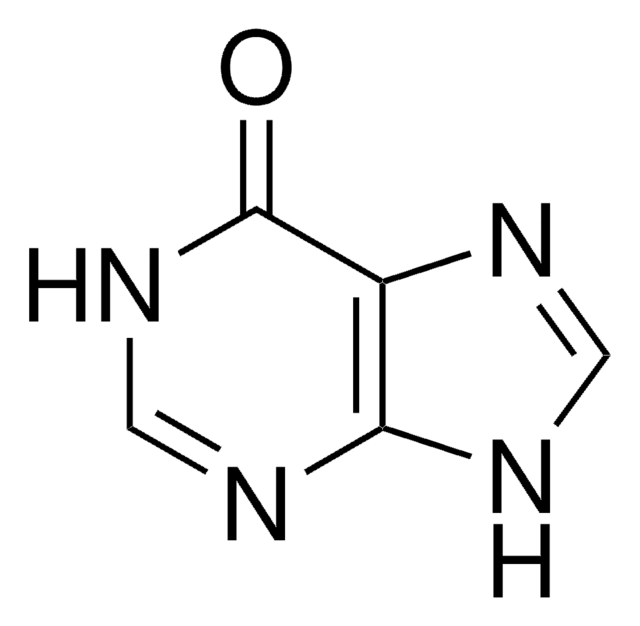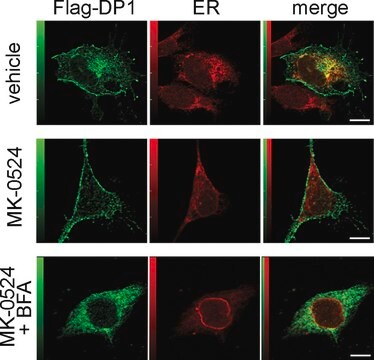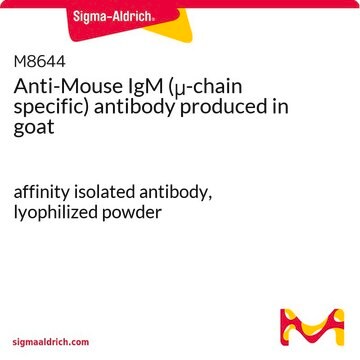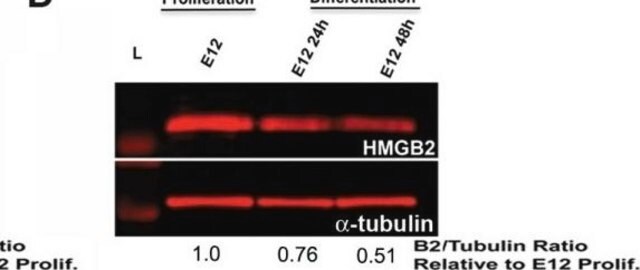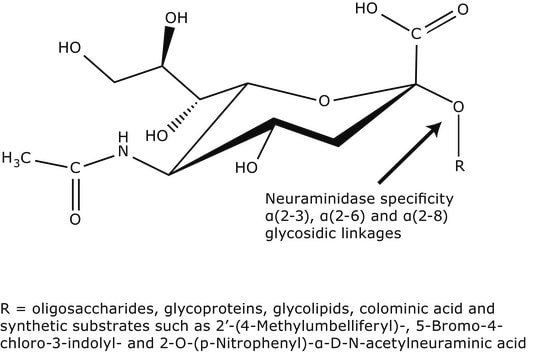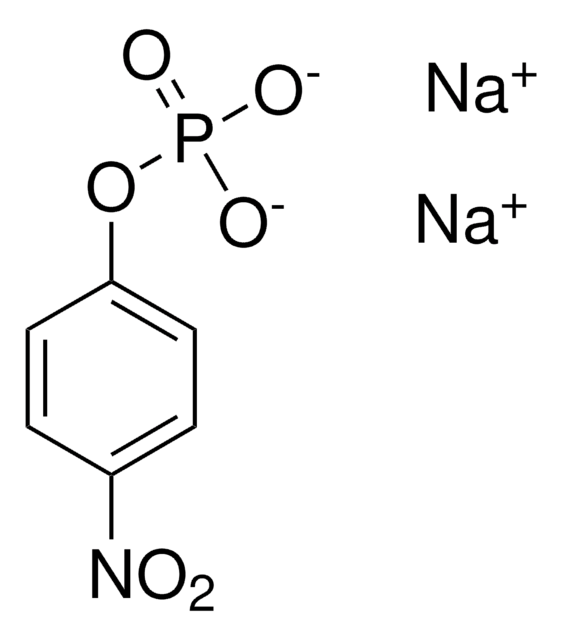A0162
Anti-Mouse Polyvalent Immunoglobulins (G,A,M)−Alkaline Phosphatase antibody produced in goat
affinity isolated antibody, buffered aqueous solution
Synonym(s):
Goat Anti-Mouse Polyvalent Immunoglobulins (G,A,M)−AP
Sign Into View Organizational & Contract Pricing
All Photos(1)
About This Item
Recommended Products
biological source
goat
conjugate
alkaline phosphatase conjugate
antibody form
affinity isolated antibody
antibody product type
secondary antibodies
clone
polyclonal
form
buffered aqueous solution
species reactivity
mouse
technique(s)
direct ELISA: 1:3,000 using IgG, IgA, IgM
western blot: 1:50 dilution
shipped in
wet ice
storage temp.
2-8°C
target post-translational modification
unmodified
Related Categories
General description
Immunoglobulins are proteins produced by B cells in response to antigen and regulate response to bacteria and viruses. IgG is known to regulate complement fixation and placental transport. IgA has a crucial role in mucosal immunity as it restricts pathogens from entering the mucosal membrane. IgM is the largest antibody having a pentameric structure which modulates polyreactivity and removes apoptotic cells.
Application
Alkaline-phosphatase-conjugated anti-mouse polyvalent immunoglobulin was used to detect antibodies from hybridomas by indirect ELISA. The antibody was incubated in microtiter plates for 1 hour at 37°C and detected using p-nitrophenyl phosphate substrate (Sigma). Alkaline-phosphatase-conjugated anti-mouse polyvalent immunoglobulin was used to detect the reactivity of fungal cytoplasmic protein with proteins from the serum of mice infected with yeast-form Y cells by western blot analysis. The antibody was used at a 1:50 dilution.
Physical form
Solution in 0.05 M Tris, pH 8.0, containing 1% bovine serum albumin, 1 mM MgCl2 and 15 mM sodium azide.
Disclaimer
Unless otherwise stated in our catalog or other company documentation accompanying the product(s), our products are intended for research use only and are not to be used for any other purpose, which includes but is not limited to, unauthorized commercial uses, in vitro diagnostic uses, ex vivo or in vivo therapeutic uses or any type of consumption or application to humans or animals.
Not finding the right product?
Try our Product Selector Tool.
Storage Class Code
10 - Combustible liquids
WGK
WGK 2
Flash Point(F)
Not applicable
Flash Point(C)
Not applicable
Choose from one of the most recent versions:
Already Own This Product?
Find documentation for the products that you have recently purchased in the Document Library.
Customers Also Viewed
Julien de Lorgeril et al.
Nature communications, 9(1), 4215-4215 (2018-10-13)
Infectious diseases are mostly explored using reductionist approaches despite repeated evidence showing them to be strongly influenced by numerous interacting host and environmental factors. Many diseases with a complex aetiology therefore remain misunderstood. By developing a holistic approach to tackle
C Tartera et al.
Applied and environmental microbiology, 56(5), 1397-1399 (1990-05-01)
Monoclonal antibodies provide a rapid and specific means of direct detection of microorganisms in water and food samples. However, monoclonal antibodies specific for some bacteria are difficult to obtain; a good example of such a bacterium is Escherichia coli. Gnotobiotic
Carla Bromuro et al.
Infection and immunity, 70(10), 5462-5470 (2002-09-14)
Mice immunized with heat-inactivated, whole yeast-form cells (Y cells) of Candida albicans developed intense, specific humoral and cell-mediated immune responses. However, they were modestly protected against a lethal challenge by the fungus, and their sera did not confer passive protection
Jonas Nilsson et al.
Glycoconjugate journal, 26(9), 1171-1180 (2009-04-24)
Noroviruses and norovirus virus-like particles (VLPs) exhibit strain specific patterns in their binding to ABH and Lewis histo-blood group antigens. In this study we demonstrate for the first time specific binding of Norwalk virus VLPs to type 1 and type
David A Six et al.
Antimicrobial agents and chemotherapy, 58(1), 153-161 (2013-10-23)
The β-acetoacetyl-acyl carrier protein synthase FabY is a key enzyme in the initiation of fatty acid biosynthesis in Pseudomonas aeruginosa. Deletion of fabY results in an increased susceptibility of P. aeruginosa in vitro to a number of antibiotics, including vancomycin
Our team of scientists has experience in all areas of research including Life Science, Material Science, Chemical Synthesis, Chromatography, Analytical and many others.
Contact Technical Service

